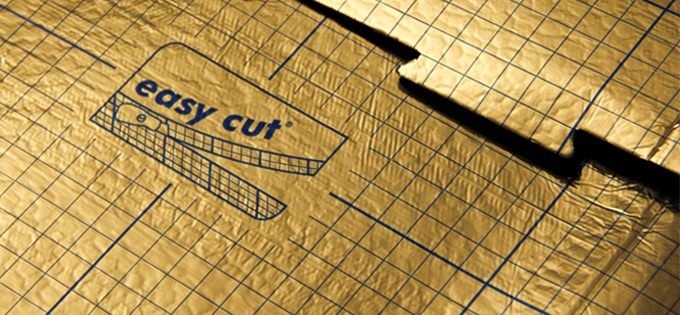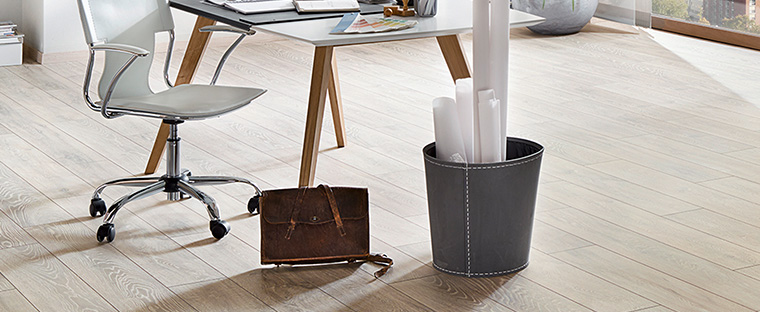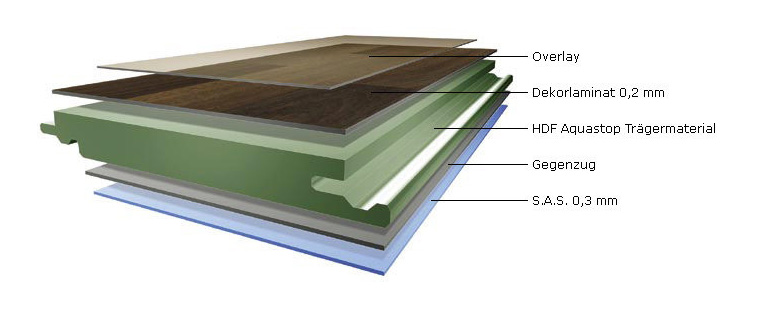
Flooring Underlay Makes All The Difference
Consumers understandably focus on choosing an appealing design and suitable AC Durability Class when shopping for laminate flooring. However, the quality of flooring underlay used is also crucial.
The underlay plays a vital role in overall quality of the installed floor; in particular, a quality underlay should significantly reduce both Impact Sound and Walking Sound.
Impact sound: Sound travelling through to the room immediately below.
Walking sound: Footfall noise heard in the same room.
While many underlays adequately reduce Impact Sound, most do not properly address Walking Sound, which can result in the typical ‘loud and hollow’ sound that laminate flooring is known for.
It’s good to know that laminate flooring doesn’t have to sound this way – simply choose an underlay with large Walking Sound reduction for the best possible acoustic performance.

